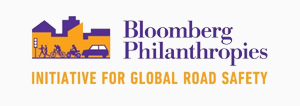





Rear End
- Inappropriate speeds.
- Poor pavement skid resistance.
Roadside activity and poorly managed parking. Unexpected intersection or traffic queue preceded by long length of road in high speed, free-flow condition. Unstable traffic flow on a high speed road (e.g. sudden stops on some roads during busy periods). Intersections at the bottom section of roads on steep grades. - Driver/rider fatigue.
- Alcohol/drugs/medication impairment.
Distraction, including inattention due to mobile phone use. Lack of vehicle safety devices .Poor condition of vehicle tyres, lights, brakes and brake lights .
Case Studies
| 25 – 40% | ||
| 10 – 25% | ||
| 10 – 25% | ||
| 10 – 25% | ||
| 25 – 40% | ||
| 10 – 25% | ||
| 10 – 25% | ||
| 25 – 40% | ||
| 10 – 25% | ||
| 10 – 25% | ||
| 25 – 40% | ||
| 25 – 40% | ||
| 25 – 40% | ||
| 25 – 40% | ||
| 25 – 40% |
| – | – | |
| – | – | |
| – | – | |
| – | – | |
| – | – |
| – | – | |
| – | – | |
| – | – | |
| – | – | |
| – | – | |
| – | – | |
| – | – | |
| – | – | |
| – | – |
Related Images
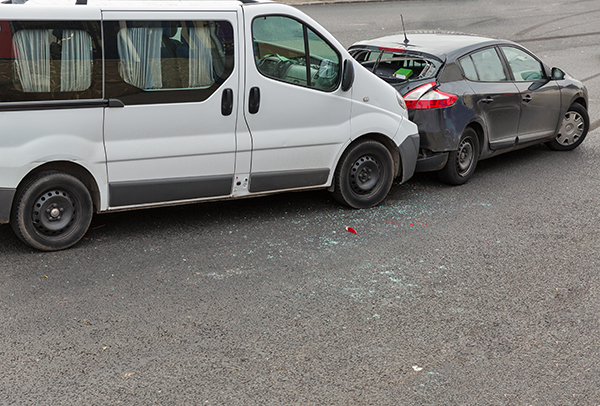
A read end crash. Image credit: iStock 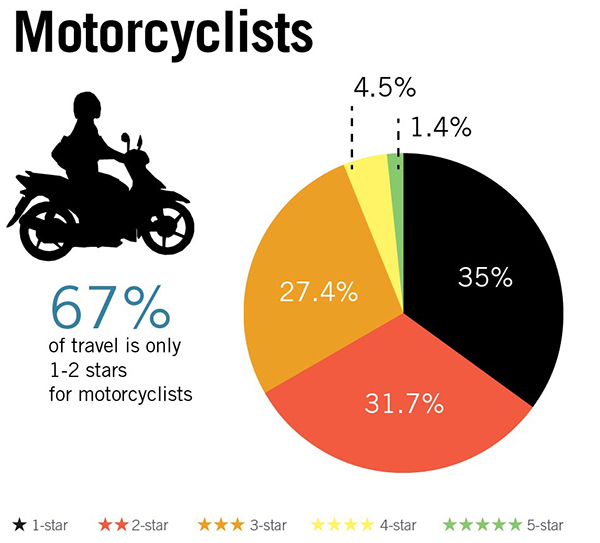
Motorcyclist Star Ratings by road user type based on a 358,000km sample of roads across 54 countries. Image credit: iRAP 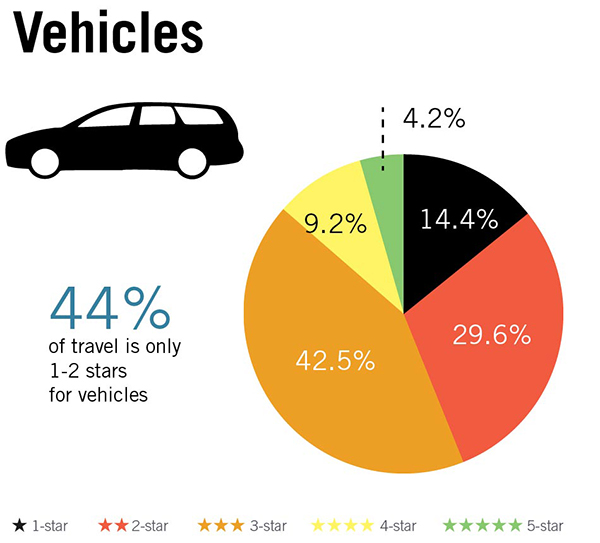
Vehicle occupant Star Ratings by road user type based on a 358,000km sample of roads across 54 countries. Image credit: iRAP 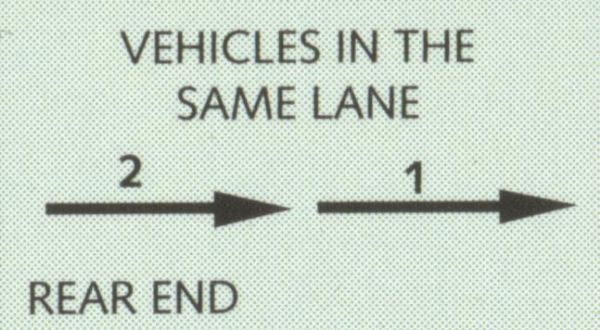
Rear End graphic 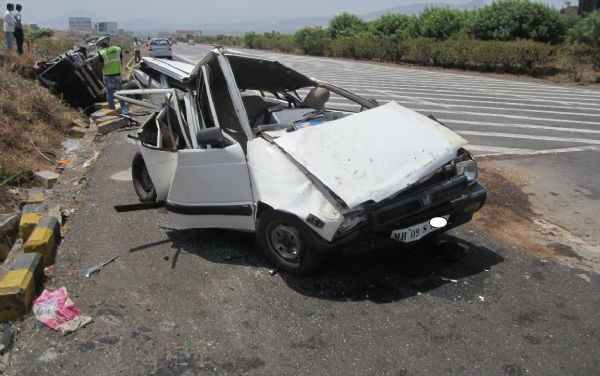
Scene of a fatal rear-end crash on the Mumbai-Pune Expressway India. Image credit: JP Research India 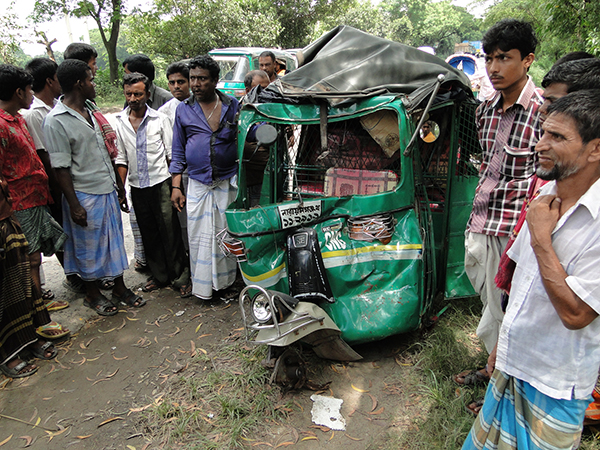
The aftermath of a head on crash in Bangladesh. Image credit: Greg Smith 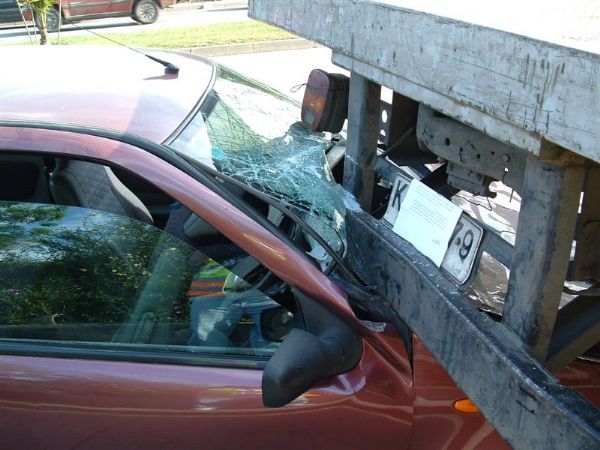
The result of a read end crash. Image credit: Greg Speier




